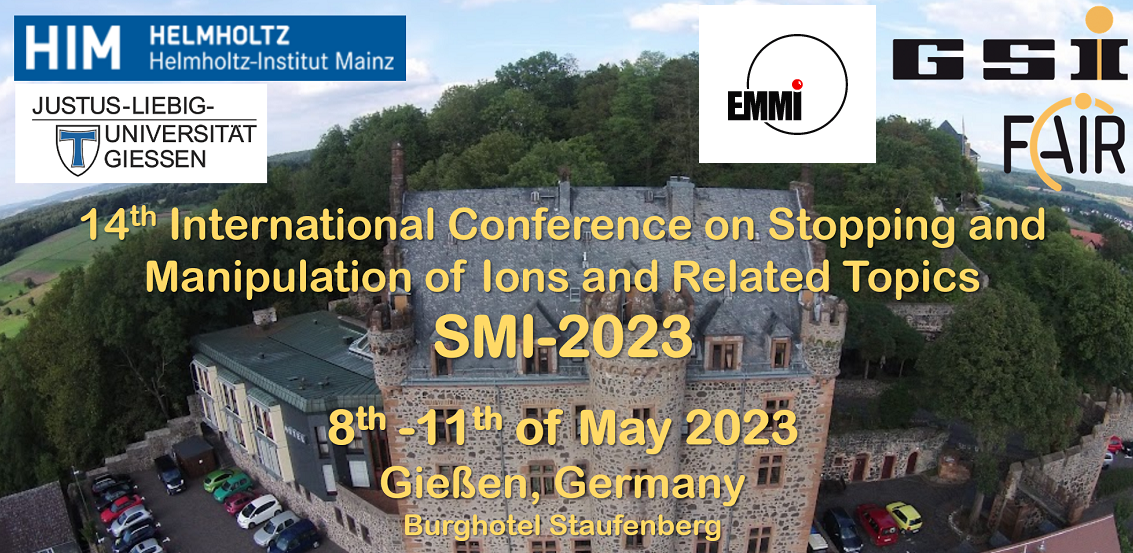Sprecher
Beschreibung
The energy of the first-excited nuclear state of Thorium-229 ($^{229m}$Th) is so low that it can be excited from the ground state by a vacuum ultraviolet laser. One of the applications is a nuclear clock: an atomic clock based on the nuclear transition between the ground state and $^{229m}$Th. An ion trap is an optimal system for the nuclear clock because the quantum states of the $^{229}$Th ion in a trap can be precisely controlled by laser cooling.
We developed an RF carpet gas cell to obtain a low-energy $^{229}$Th ion beam which was used as an ion source for our ion trap experiment. The $^{229}$Th recoil ions emitted from $^{233}$U were cooled by collisions with a helium buffer gas and extracted as a low-energy ion beam by an RF carpet. Since 2% of recoil $^{229}$Th ions from $^{233}$U is $^{229m}$Th, laser spectroscopy of trapped $^{229m}$Th ions can be performed by attaching the ion trap to the gas cell developed in this study. Such measurements provide more detailed knowledge of this unique nuclear state. In this presentation, we present details on our experiments on trapping and laser spectroscopy of triply charged thorium ions.

